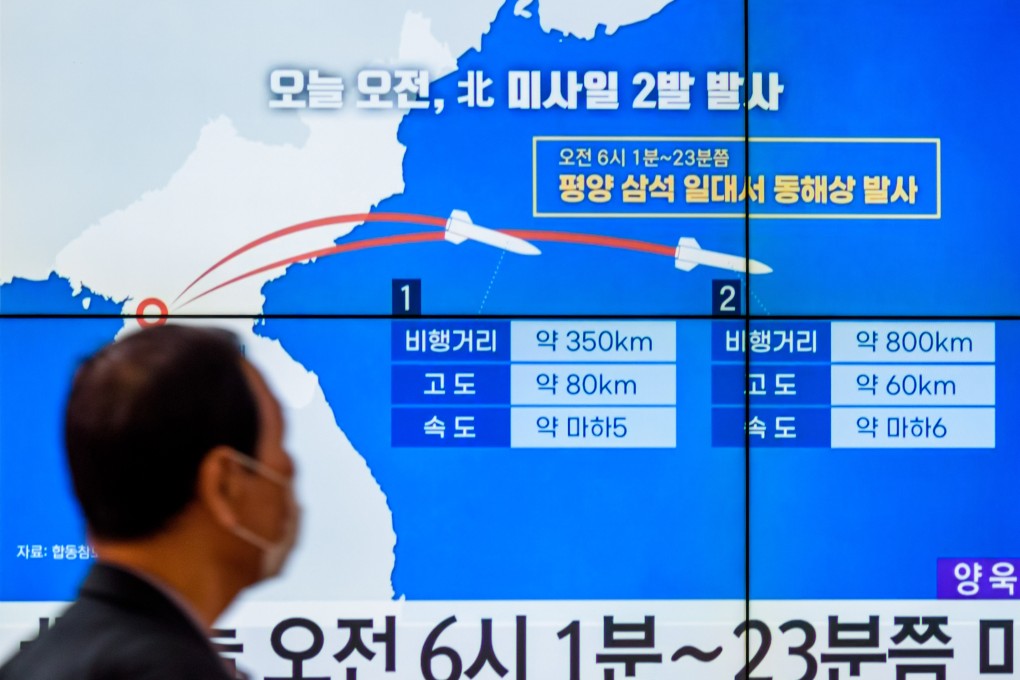Editorial | Diplomacy only way to defuse missile escalation by North Korea
- Latest firing of nuclear-capable missile across Japan has increased regional tensions, with South Korea also revealing a similar weapon

North Korea has fired a nuclear-capable missile across Japan for the first time in five years in the latest escalation of regional tension with South Korea, the United States and Japan.
It came as South Korea unveiled a similar missile, raising fears of an Asian arms race; and as Seoul, Tokyo and Washington have been ramping up joint naval exercises including anti-submarine drills.
These operations infuriate Pyongyang, which sees them as invasion rehearsals. But the rogue nuclear state’s launching of an intermediate range ballistic missile is a serious provocation in its own right.
A number of concerns set it apart. South Korea says it flew some 4,500km (2,800 miles), putting Tokyo and Guam within range, as well as the South, along with US military bases if war were to break out on the Korean peninsula.
It was the fifth of continuing missile tests in recent days and followed a visit to South Korea by US Vice-President Kamala Harris to underscore an “ironclad” commitment to the country’s defence.
And the US and South Korea have been warning that North Korean leader Kim Jong-un is preparing to conduct the country’s sixth nuclear test since 2006, and the first since 2017.
